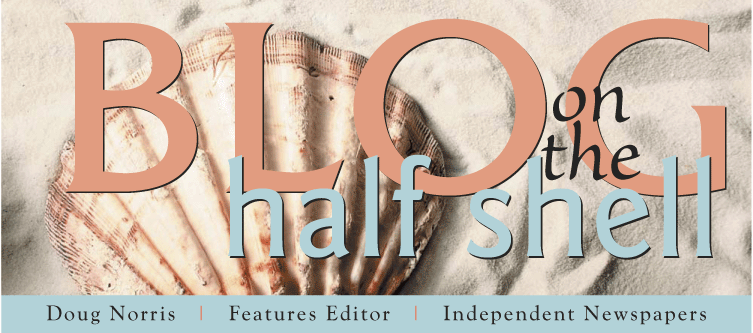The religious seekers, political pioneers, radical patriots, revolutionary thinkers, independent women, Wampanoag and Narragansett sachems, privateers and pirates, slave traders and abolitionists, innovative entrepreneurs and military heroes – including the soldiers of the First Rhode Island Regiment, also known as the Black Regiment of Rhode Island, comprising slaves who agreed to fight for their country in exchange for freedom – that made up the patchwork of Rhode Island history were anonymous to us.
Things are better now. Schools have made more of an effort to incorporate local history into their curricula. The Web, cable television and publishers like Arcadia and The History Press have created a market for stories and images documenting regional and community histories. So every now and then someone who was part of the state limelight in some long-ago generation returns from the shadows to earn the spotlight again.
Such is the case with Thomas Dorr. In an age when only white male landowners (i.e., the filthy rich) could vote in Rhode Island, Dorr, the son of Conservative Whigs, shocked his family by becoming the people’s champion, leading a short-lived revolution that fizzled in its day but opened the door to a future in which Rhode Island and the nation would become more democratic.
As Rhode Islander Rory Raven, author of “The Dorr War: Treason, Rebellion & The Fight for Reform in Rhode Island” (2010, The History Press) notes:
There is a Dorr Street in Providence; it is a dead end, and on my last visit, there was no street sign. And while an official portrait of Dorr was hung in the Rhode Island Statehouse some time ago, giving him his rightful place among the other governors honored there, that portrait has not been seen in many years, and no one seems to know where it has gotten to.
Raven’s book restores Dorr’s place in the pantheon of the state’s quirky and independent but significant historical figures. As leader of the Dorr Rebellion, he helped draft the “People’s Constitution,” mandating universal suffrage for white males. (There is some evidence that he was sympathetic to the plight of African Americans and women as well, but decided that those were civil rights battles that would have to be fought later.)
Studying the bare bones of history, the Dorr War appears almost comical. On the day when Rhode Island had two governors, Dorr marched with his supporters up to the Rhode Island State House to claim his seat, only to the find the doors locked and no way to get in, so he held swearing-in ceremonies in a nearby foundry still under construction.
Later, he attempted a military victory by marching on a Providence arsenal, tugging along two cannons (that allegedly had been seized from British General Burgoyne after his defeat at Saratoga during the Revolution and ended up in Rhode Island), both of which misfired, causing most of his followers to abandon the effort.
When his political enemies marched up Acote’s Hill in Chepachet to capture him, “there he was,” said the Woonsocketer in the militia, “gone.” So they took the cannons and smashed up a local tavern, eating and drinking everything the owner had, and confiscating the lot, including household silver, a cookstove and a pair of garters belonging to someone named Ripsy Tift. (The victors and writers of history would later call this “the sacking of Chepachet.”)
Dorr was eventually imprisoned for life and sentenced to solitary confinement and hard labor. (He painted fans all day. Some of his fans are now in the Rhode Island School of Design Museum of Art.)
One side note: Raven makes the point that for generations in Rhode Island all major political rallies were structured around the classic Rhode Island clambake, which then as today certainly would make the politics more palatable. Memo to candidates in 2012: Less negative advertising. More rockweed and quahogs.
What Rhode Islander do you think deserves more prominence in the history books?

